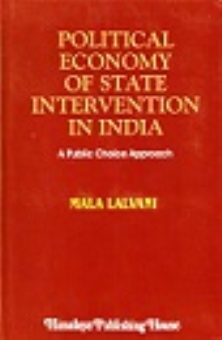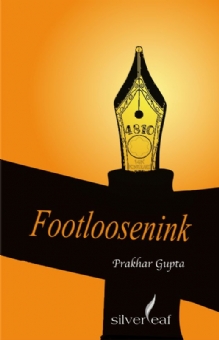The present study adopts a Public Choice perspective in examining the growth of government in the Indian context. The primary objective of the present study is to bring home the realisation that if research in economics is to move away from being merely an exercise in esoteric academics and become more policy oriented, the economist will have to become sensitive to political reality. It is with this primary objective in mind that we initiate our research work by looking at Wagner`s Law, the conventional manner of looking at growth in government. We look for alternatives to this `purely economic` explanation for government growth from Public Choice theory. The Political Budget Cycle hypothesis and the role of interest groups have been examined as two alternative explanations for the expansion in government size. The aspect of Public Choice theory forming the central theme of this book is that economic policy decisions can no longer be made in a political void. It should thus appeal to policy makers in addition to the captive audience of researchers and academics.
| Book Content of Political Economy of State Intervention in India | |
|
|






